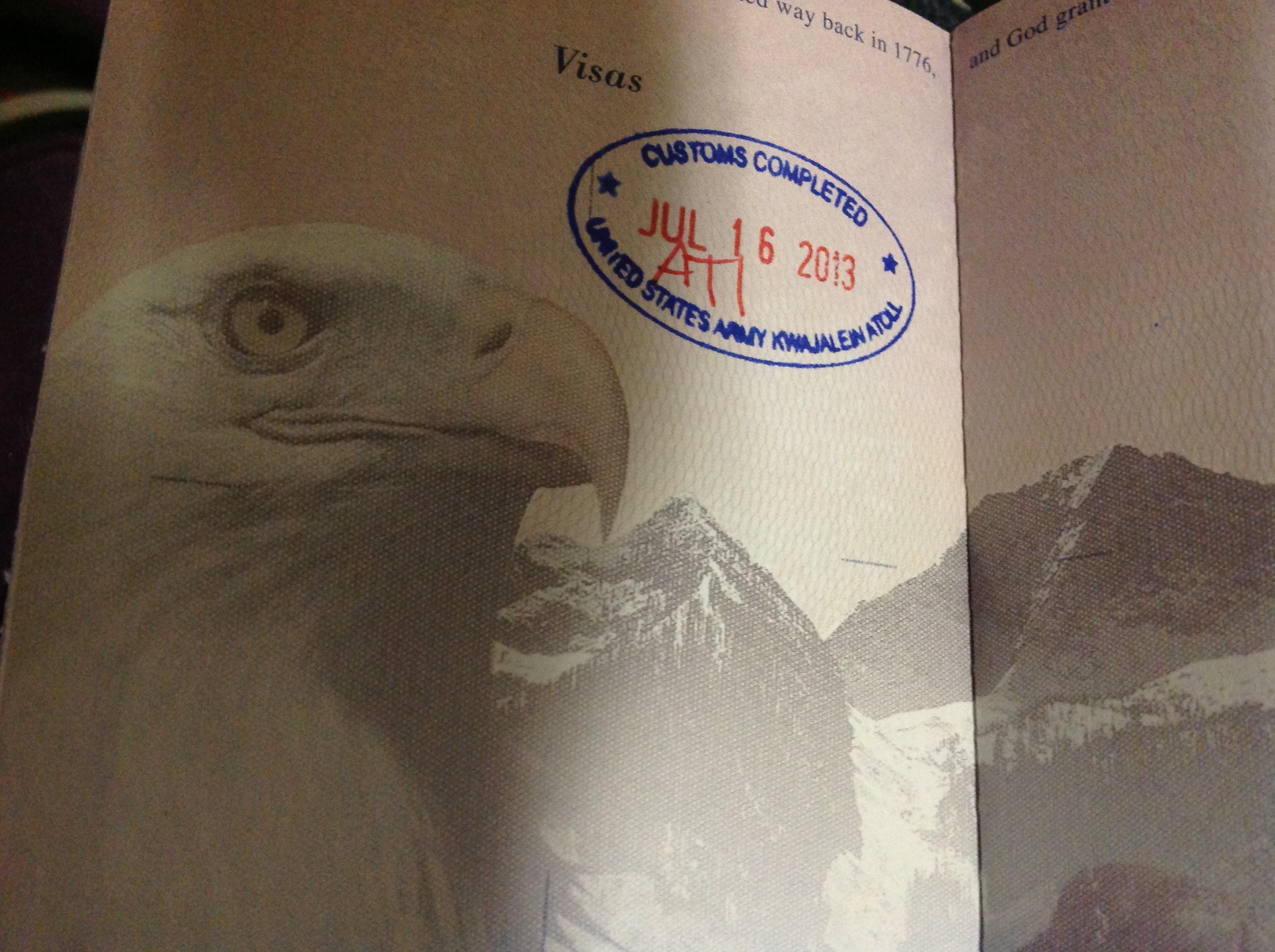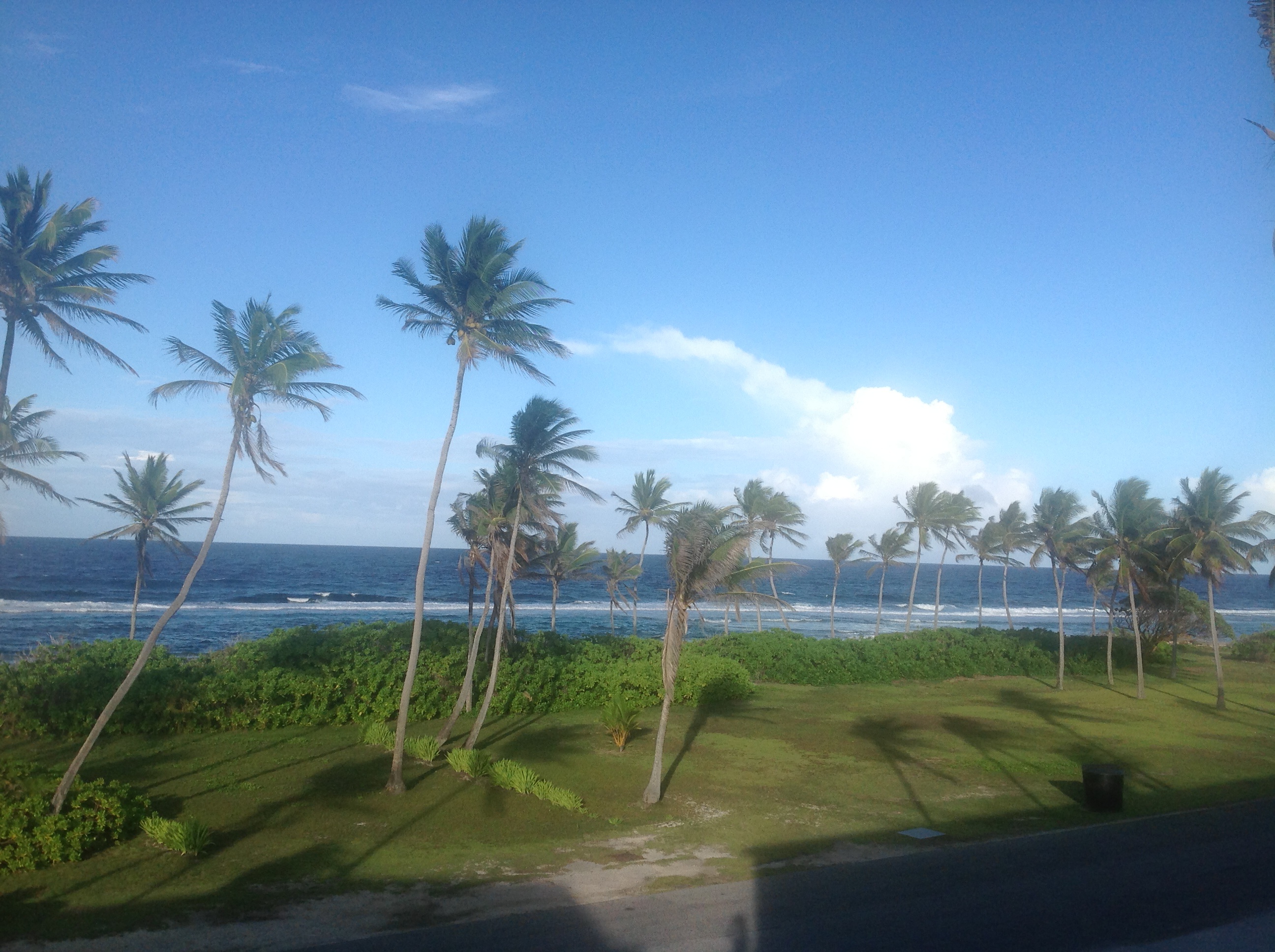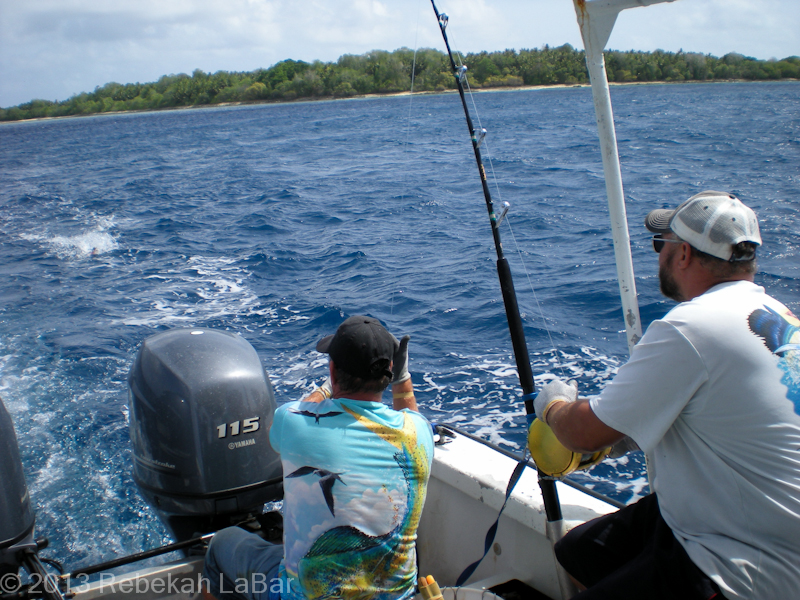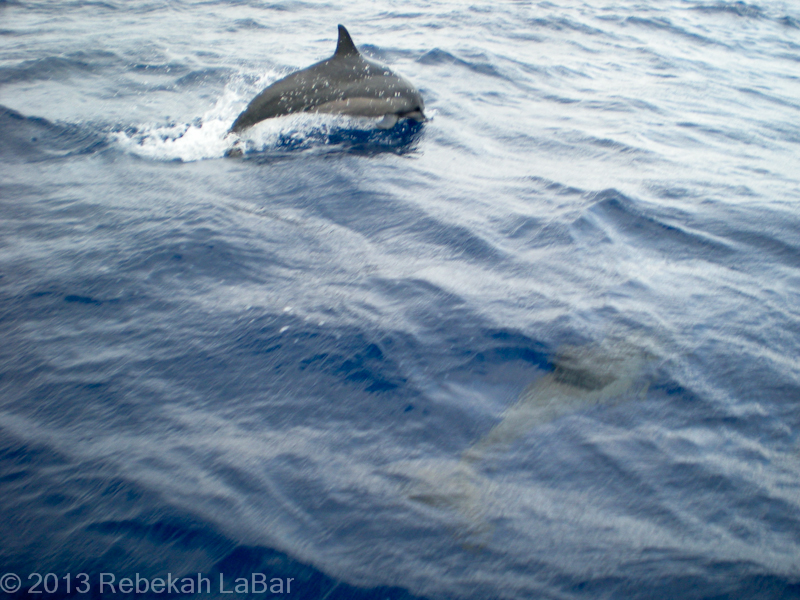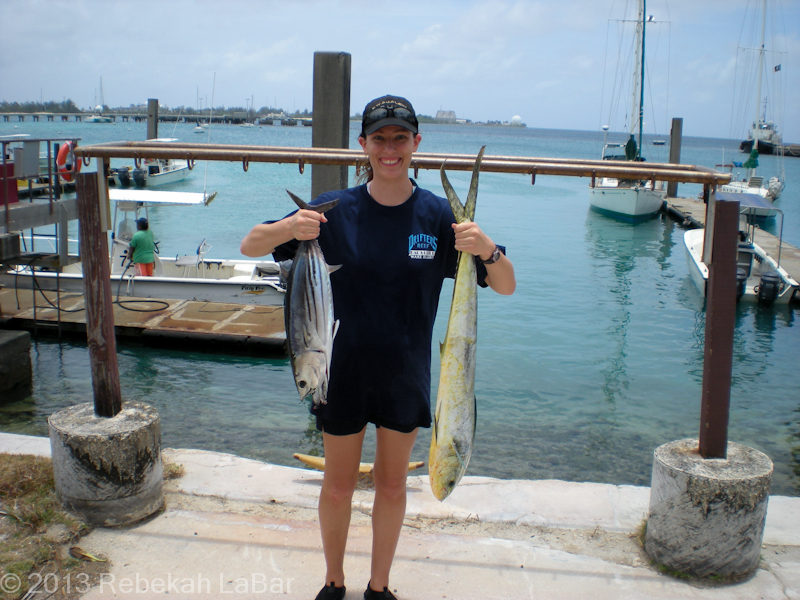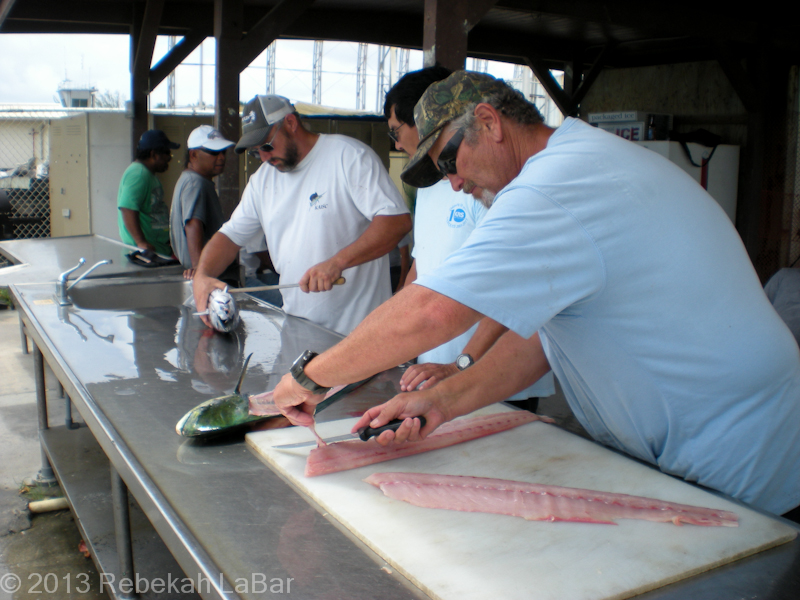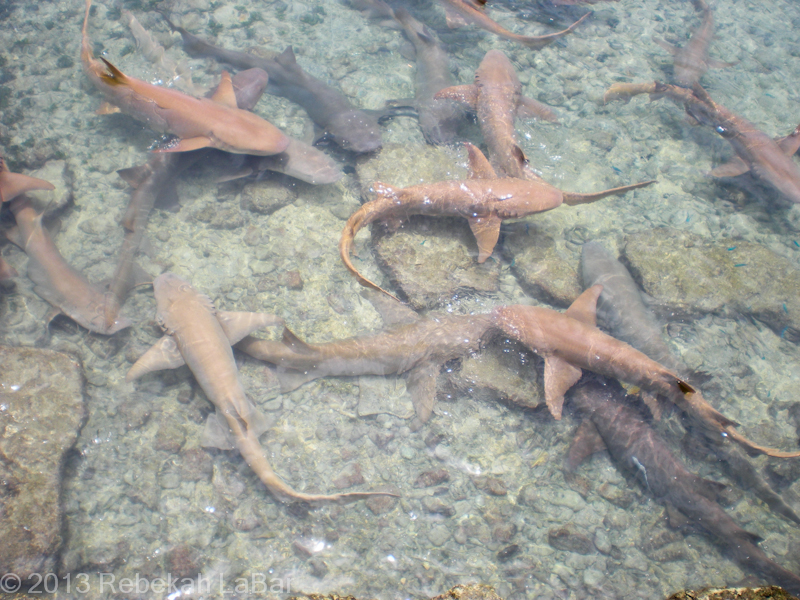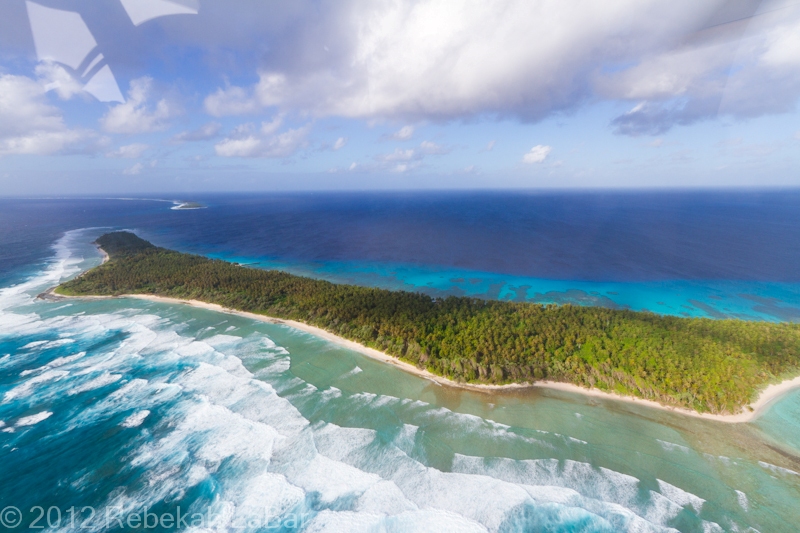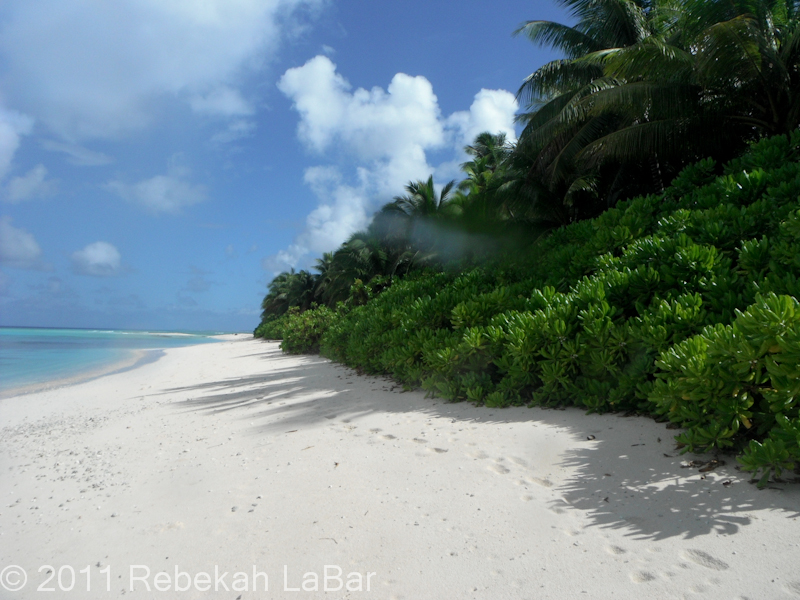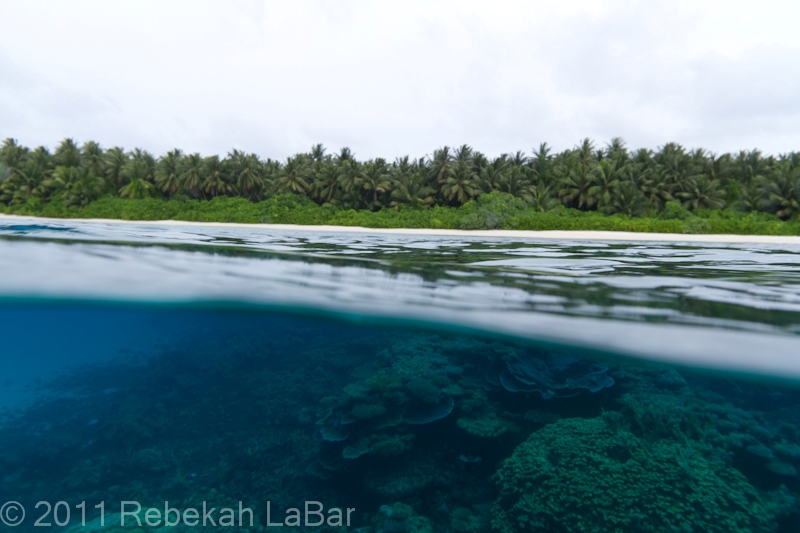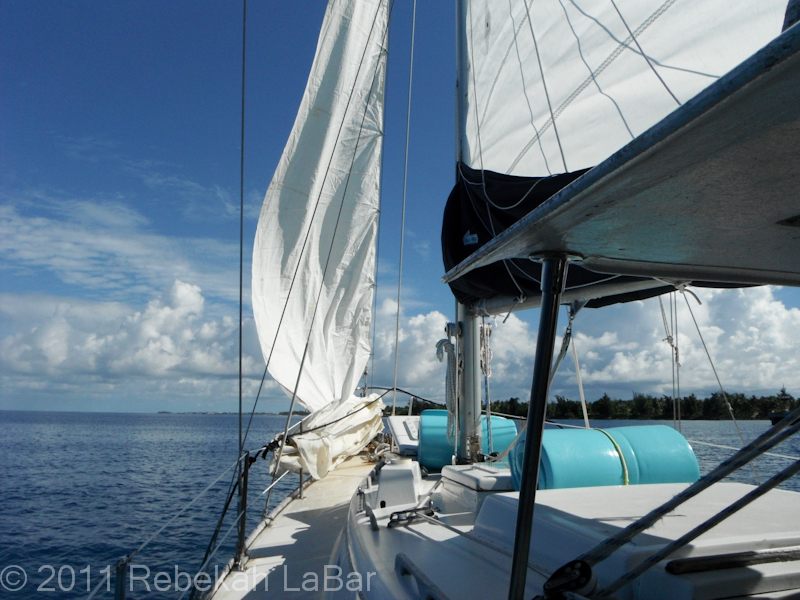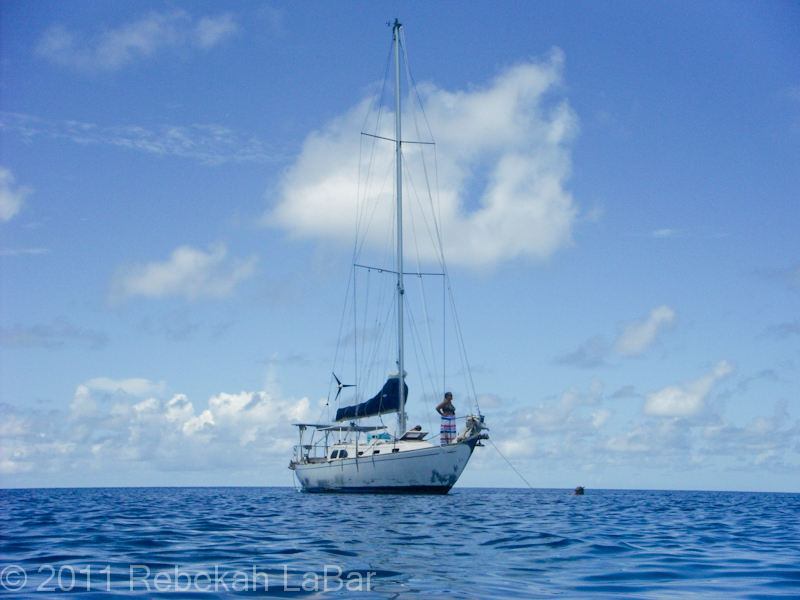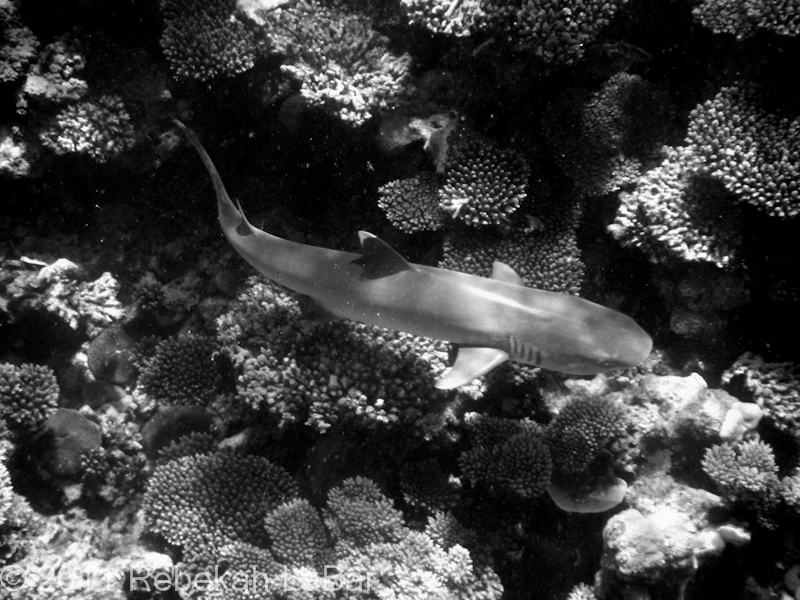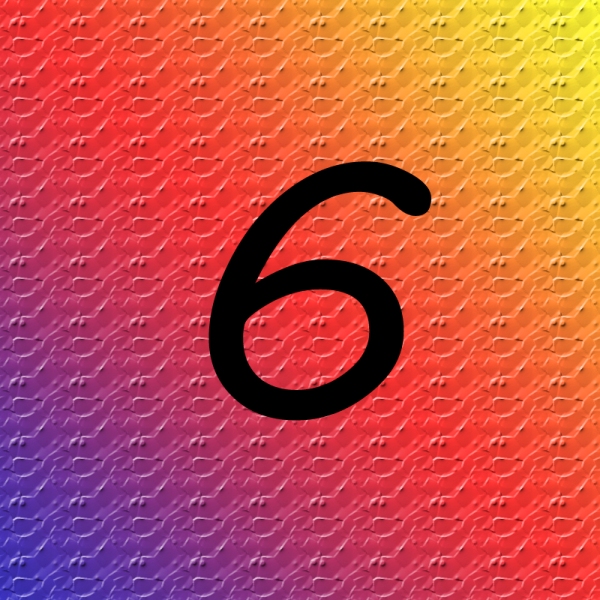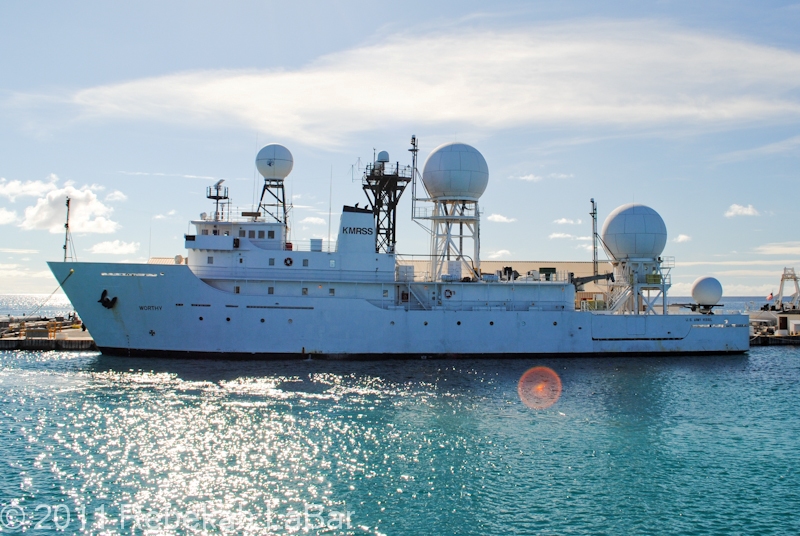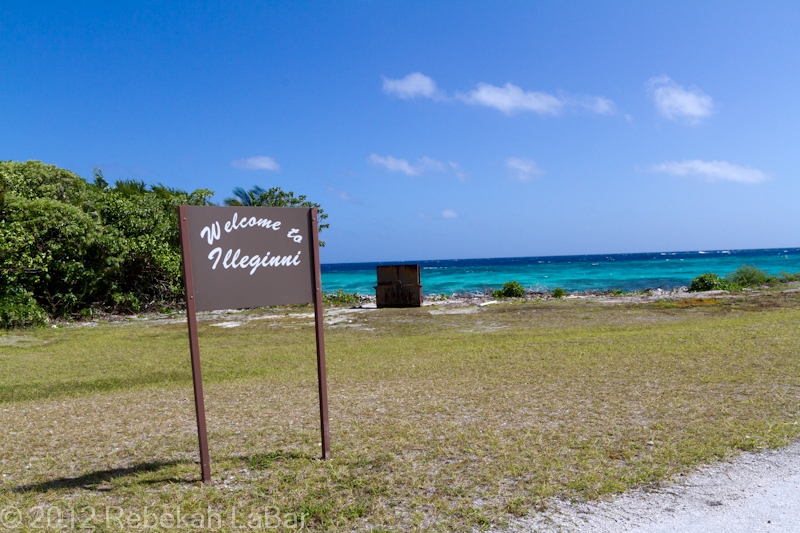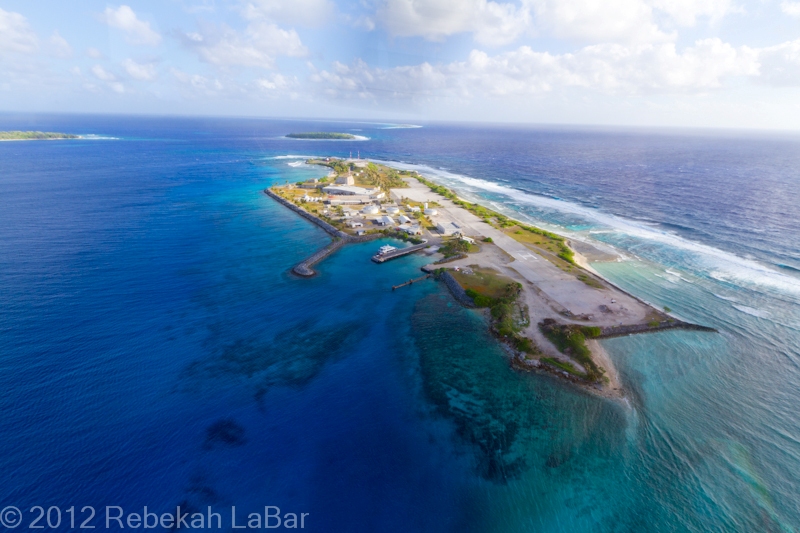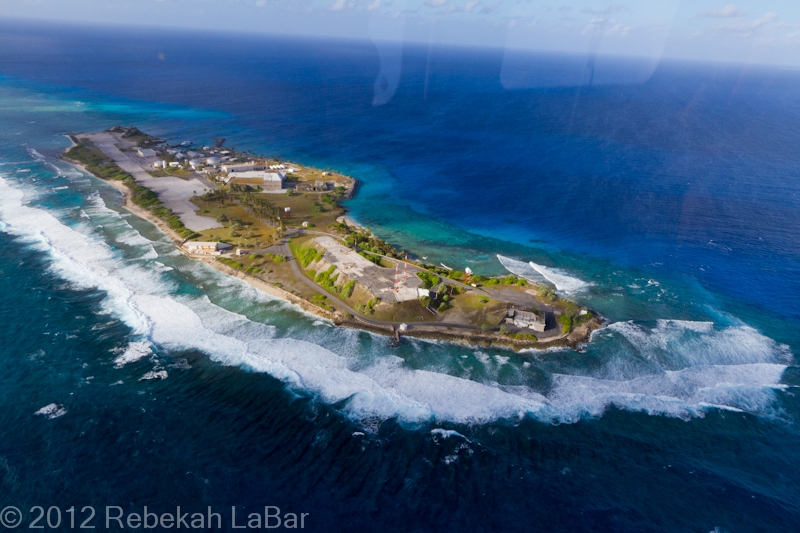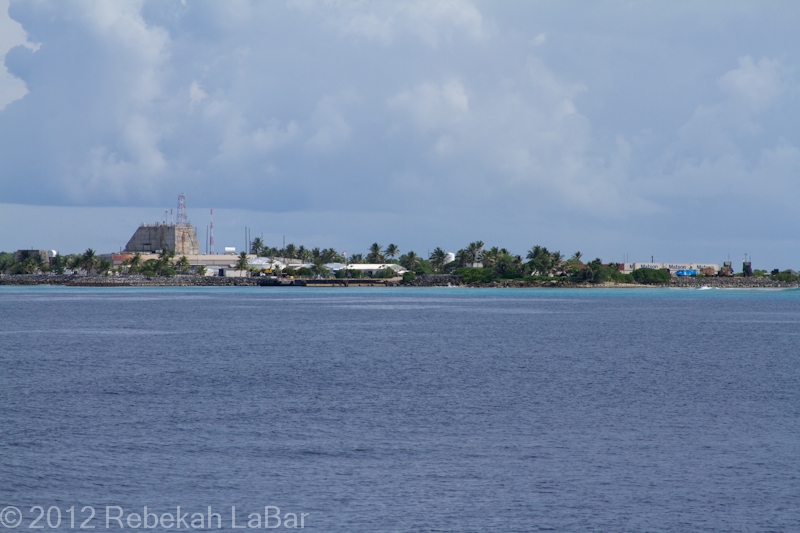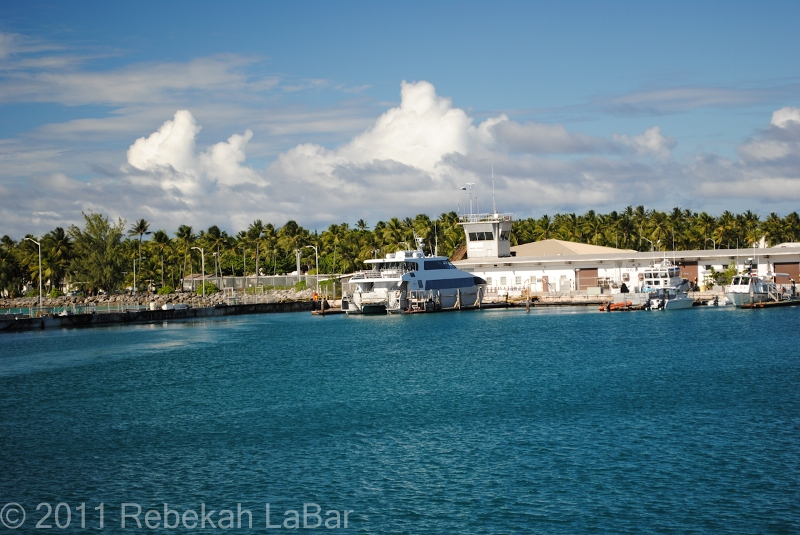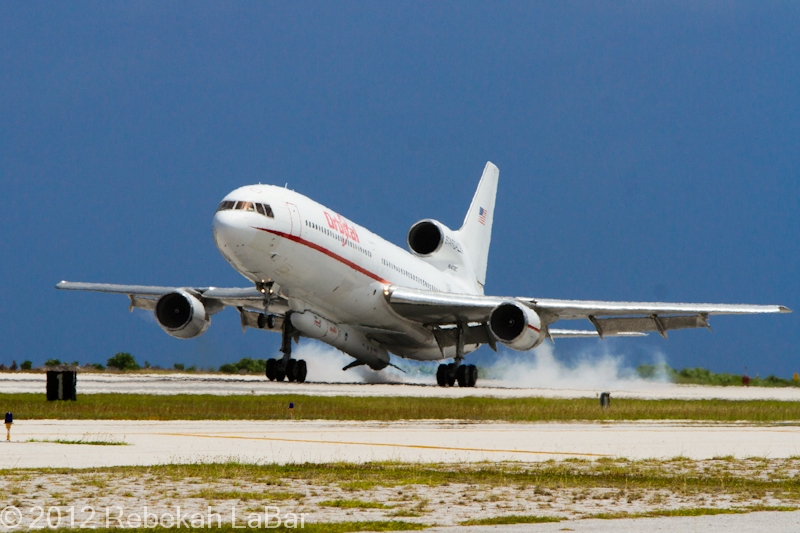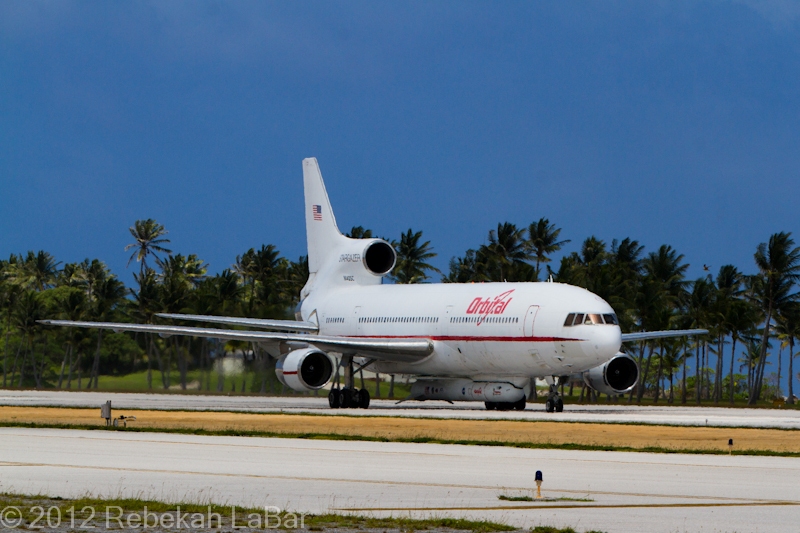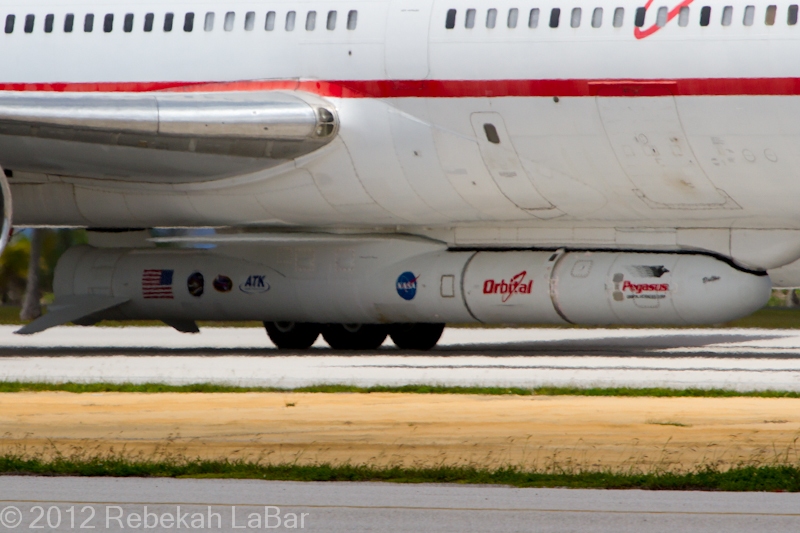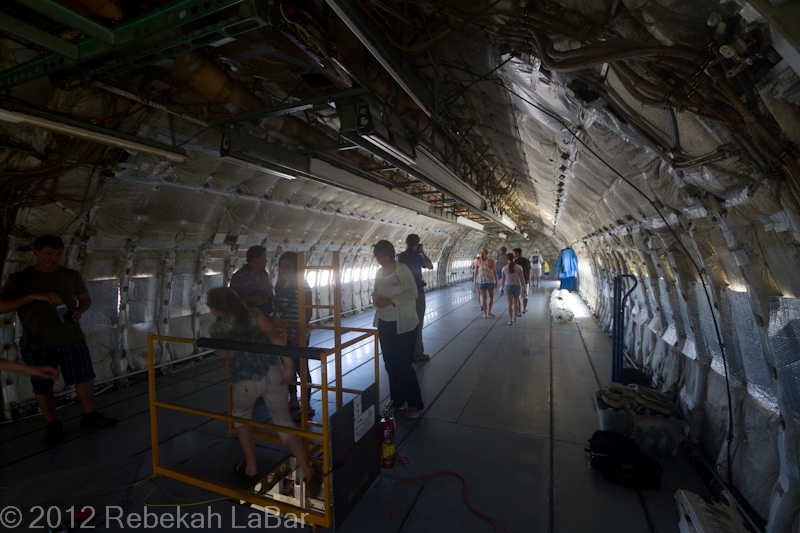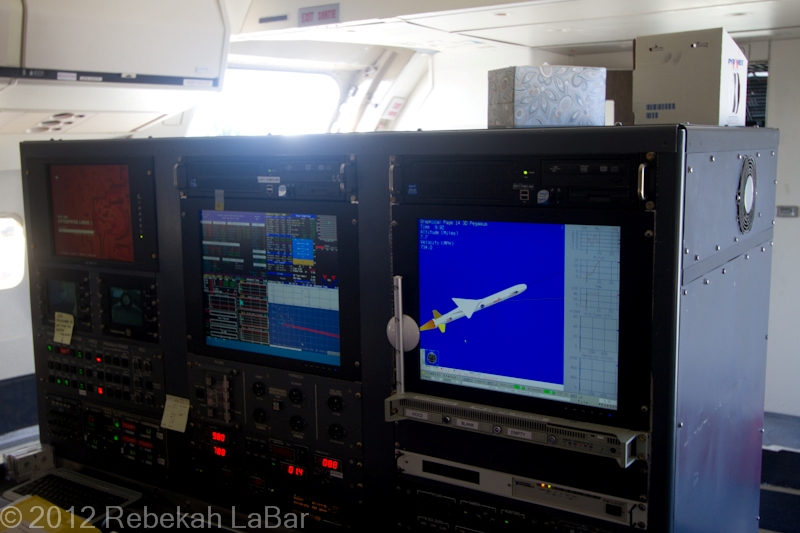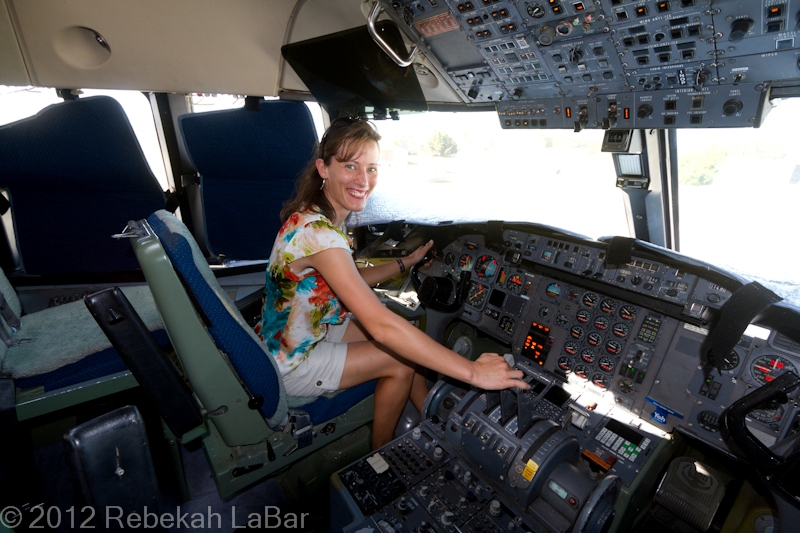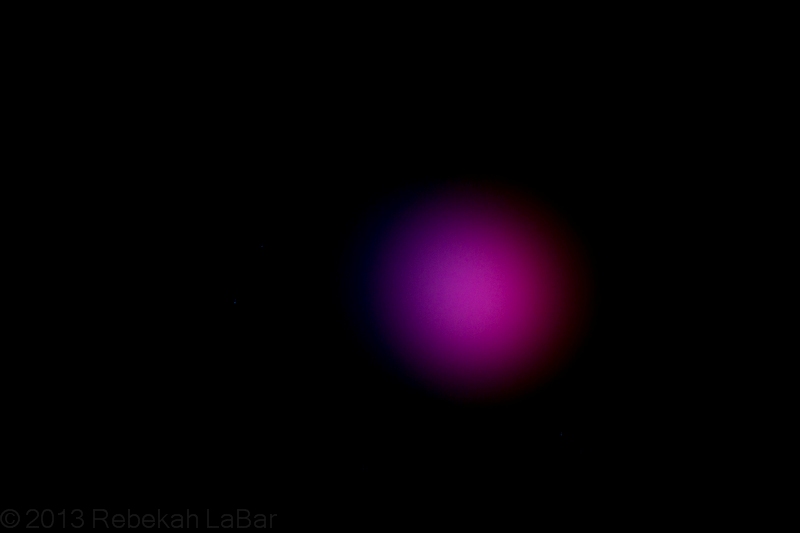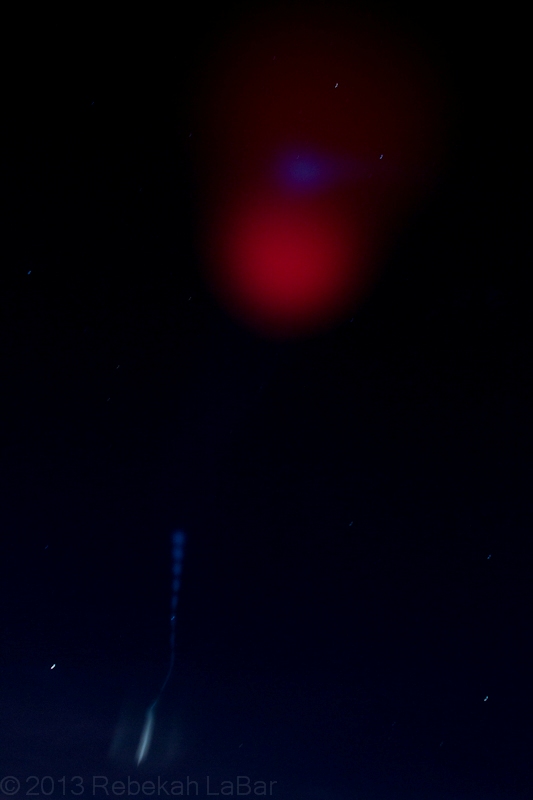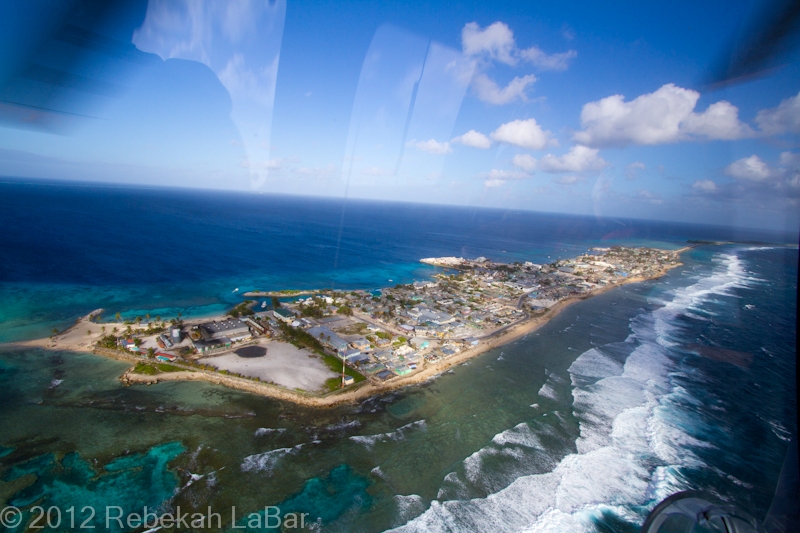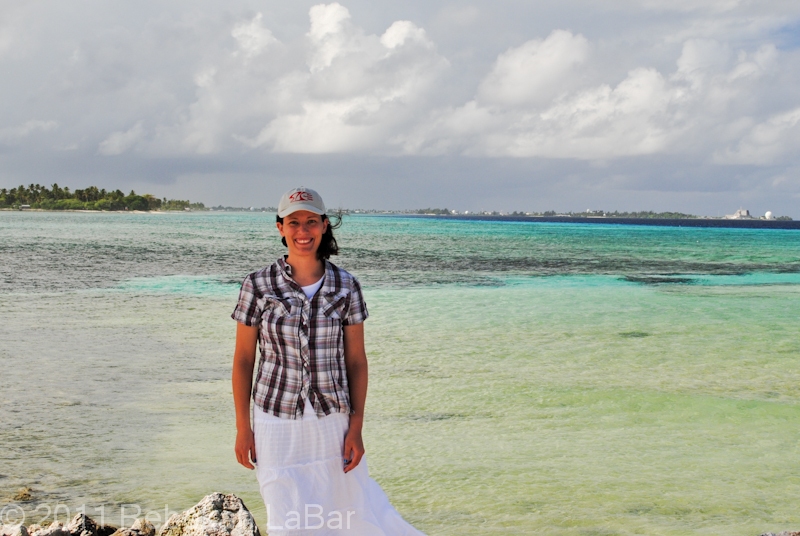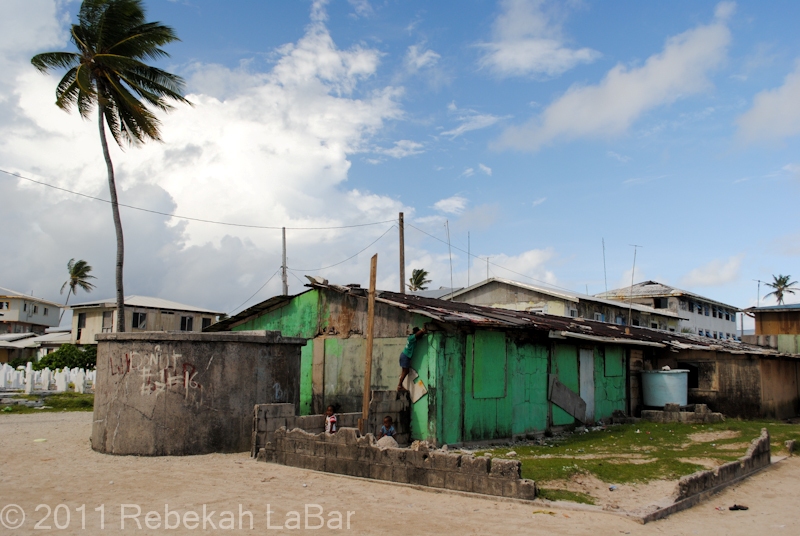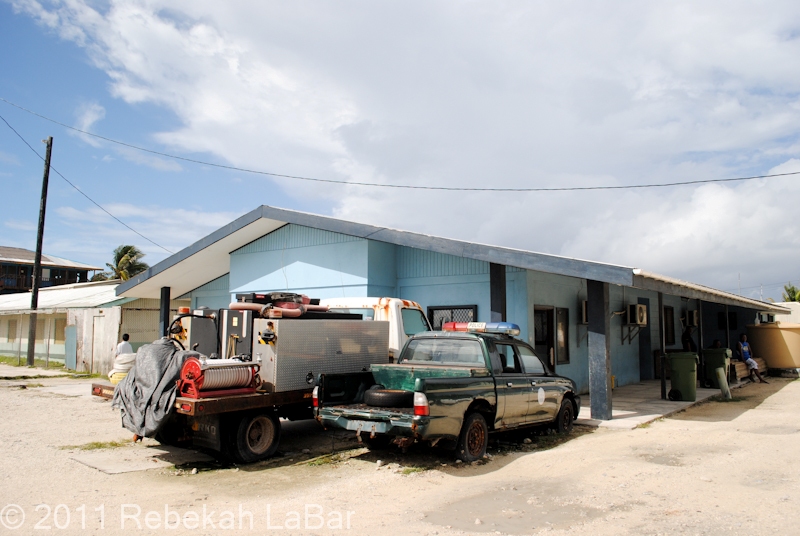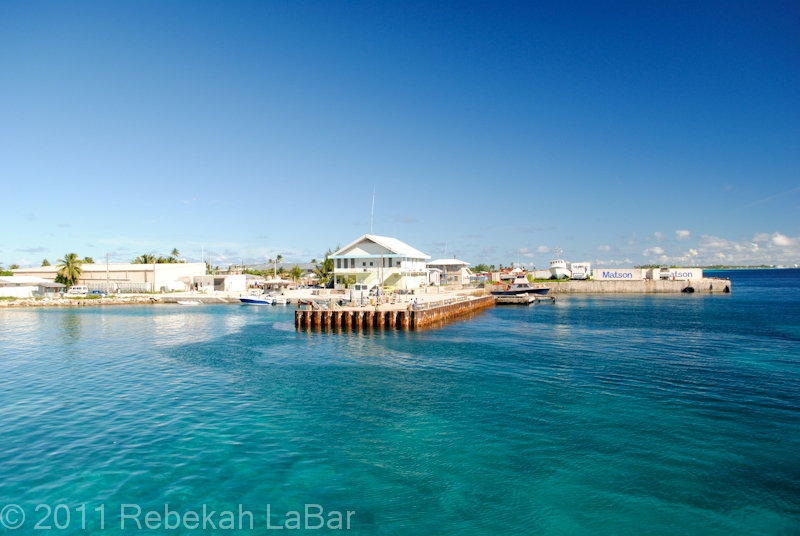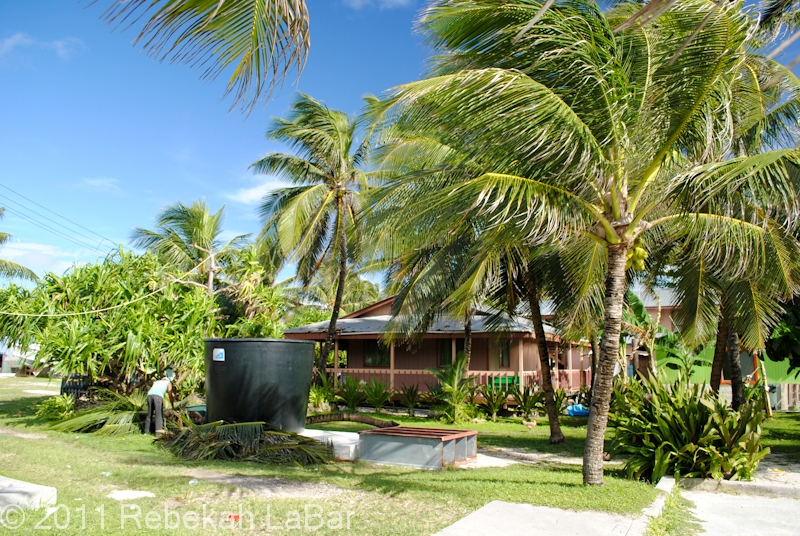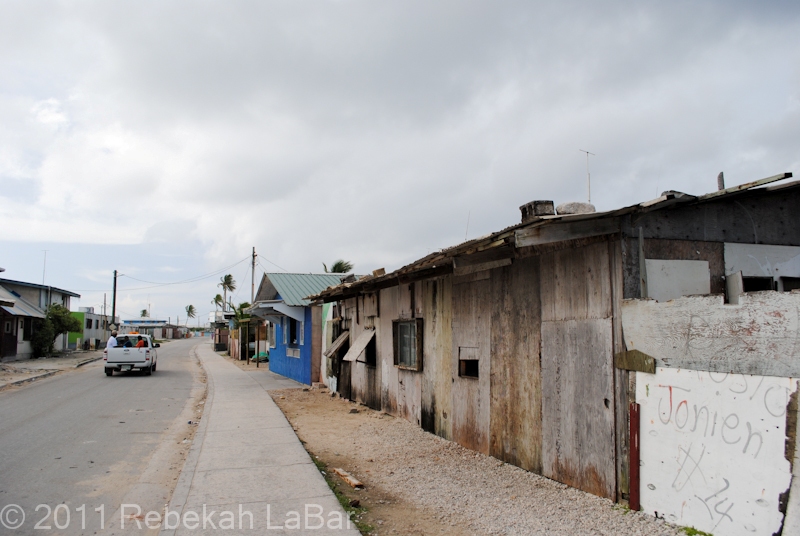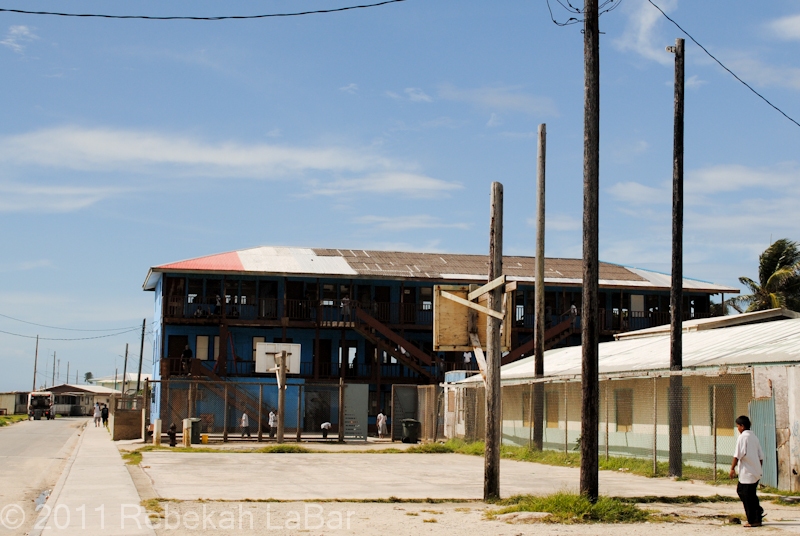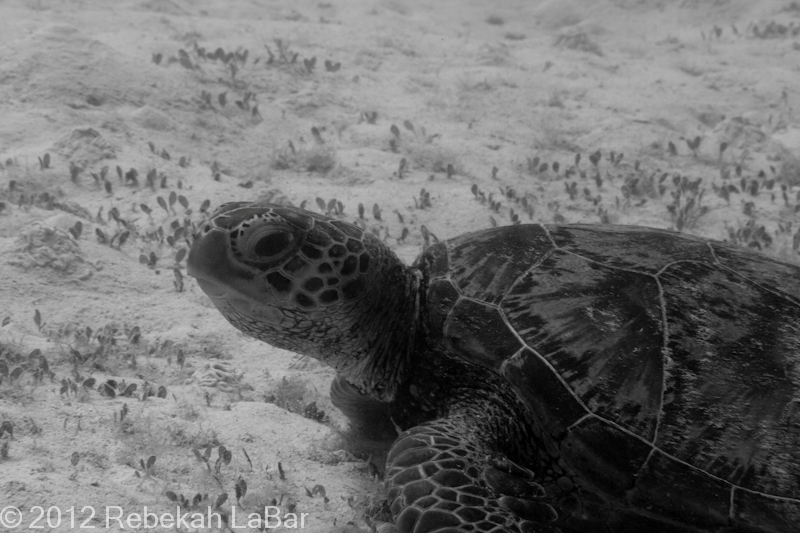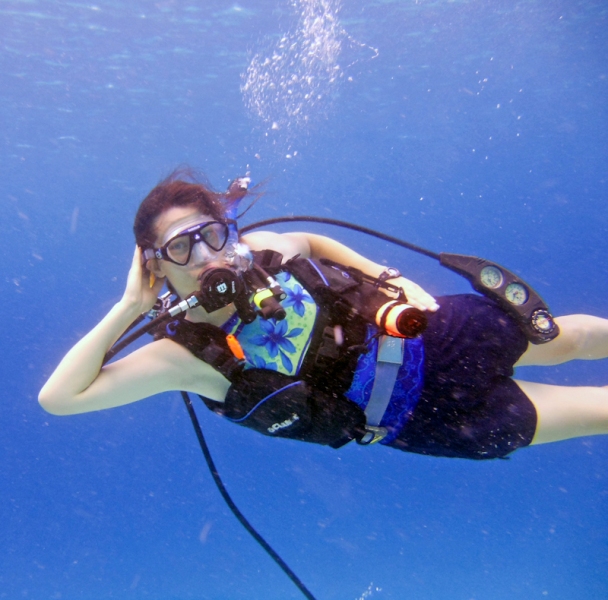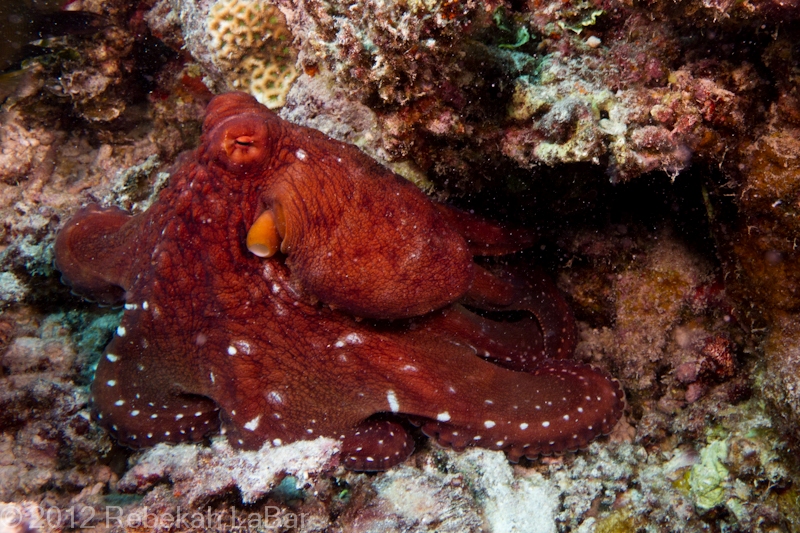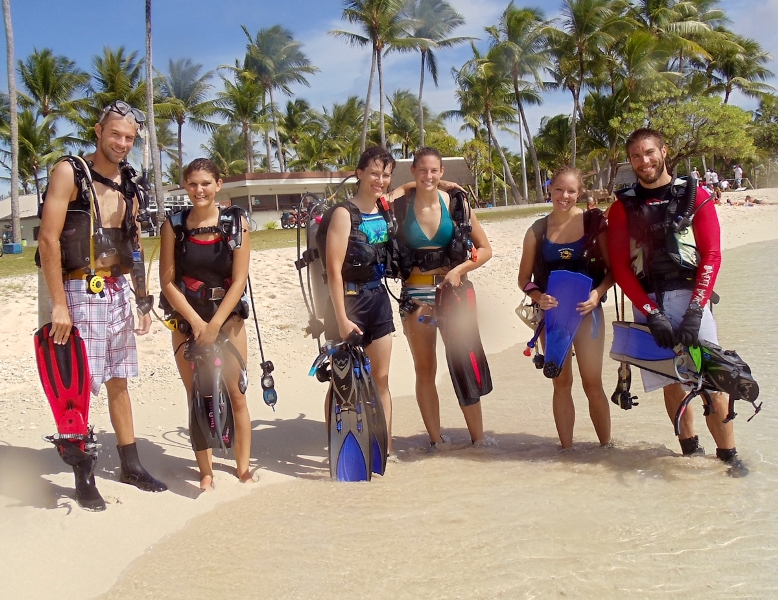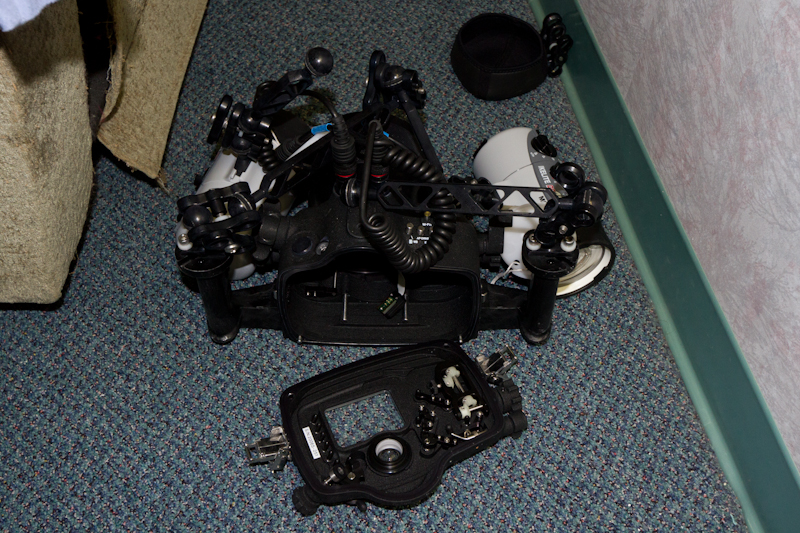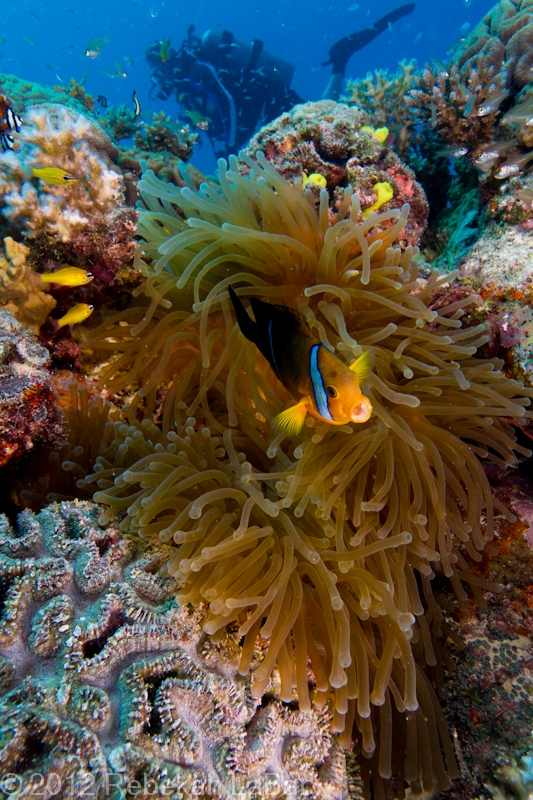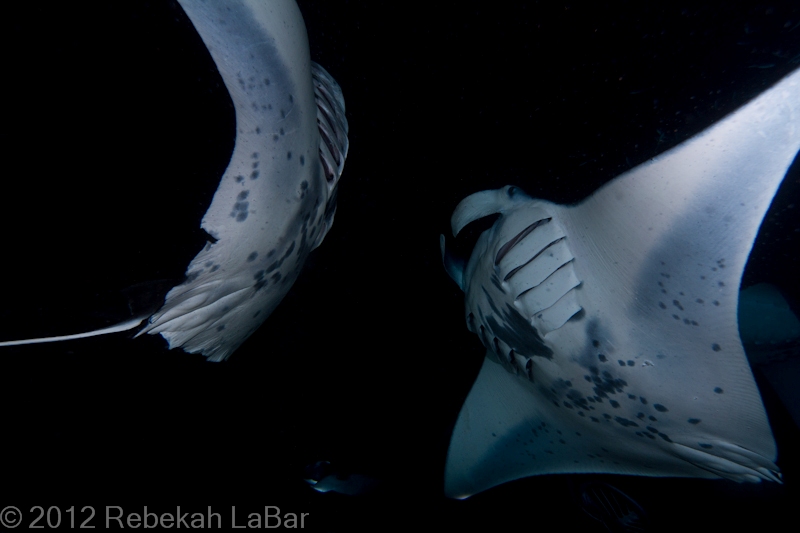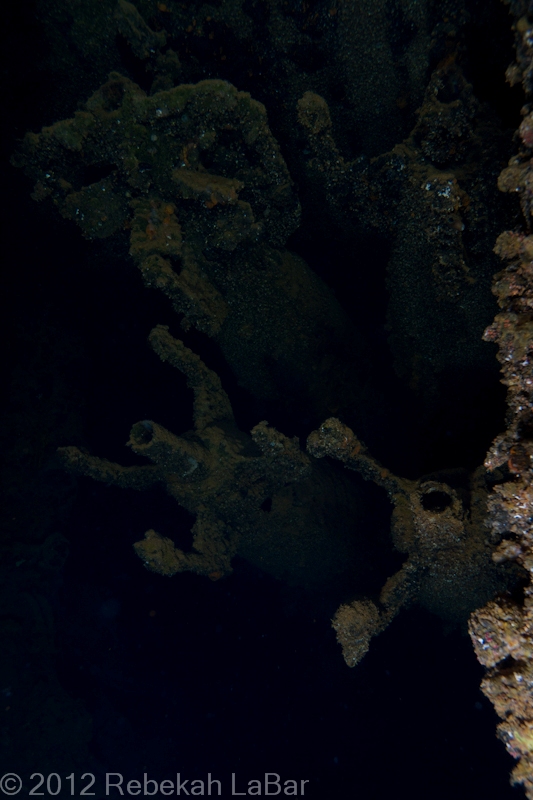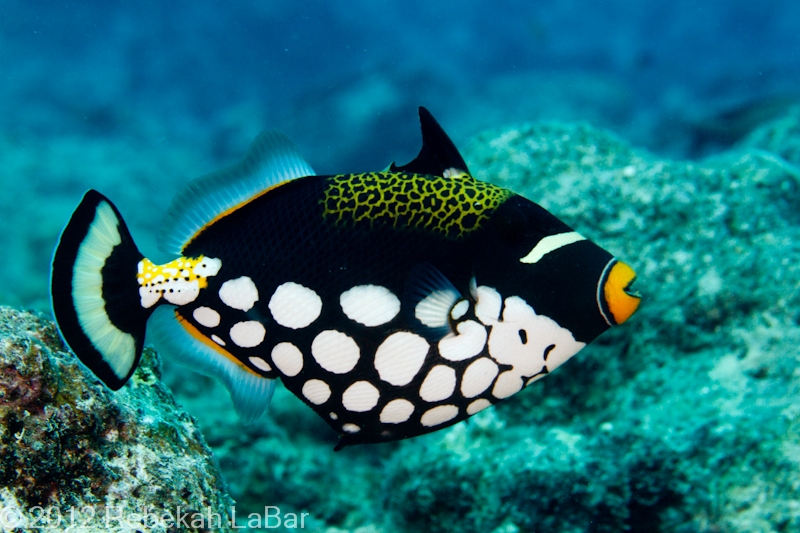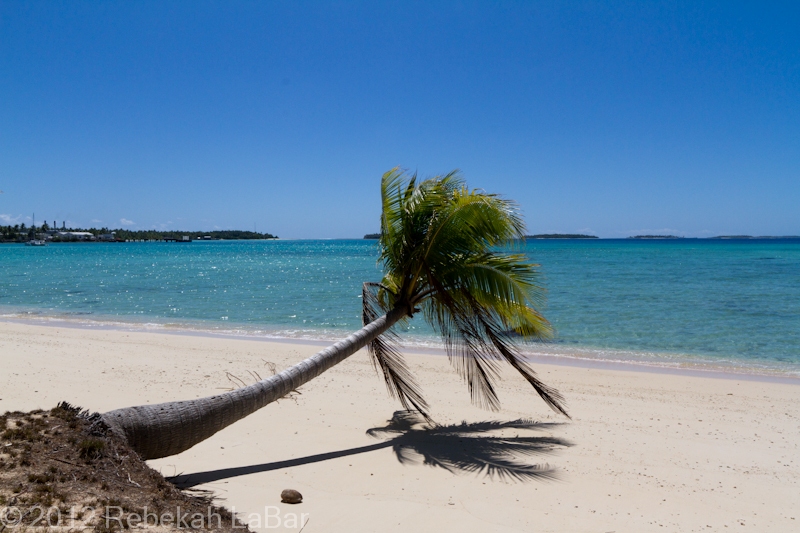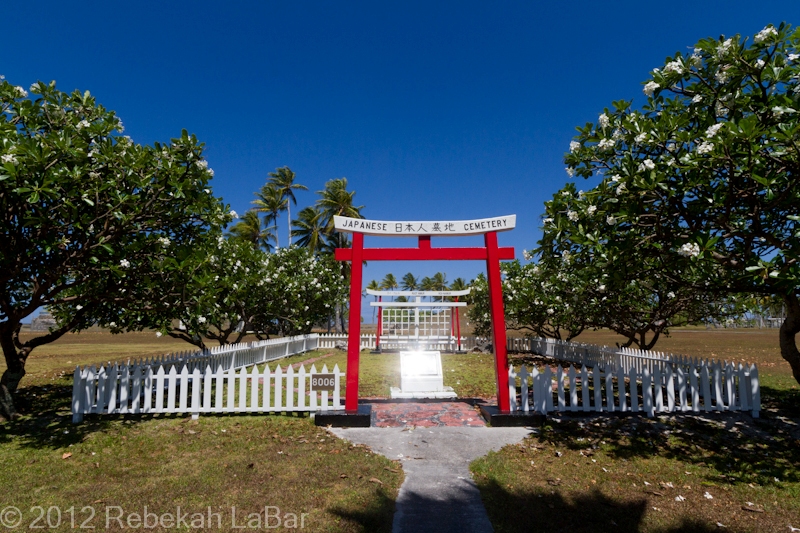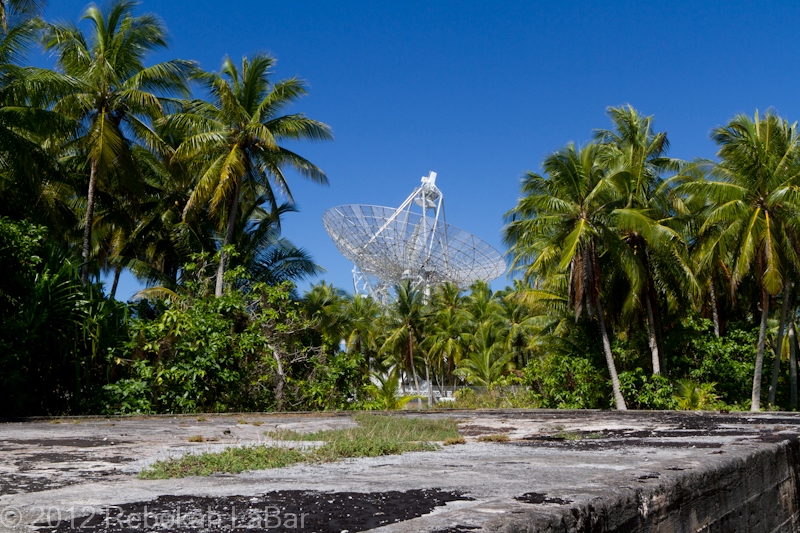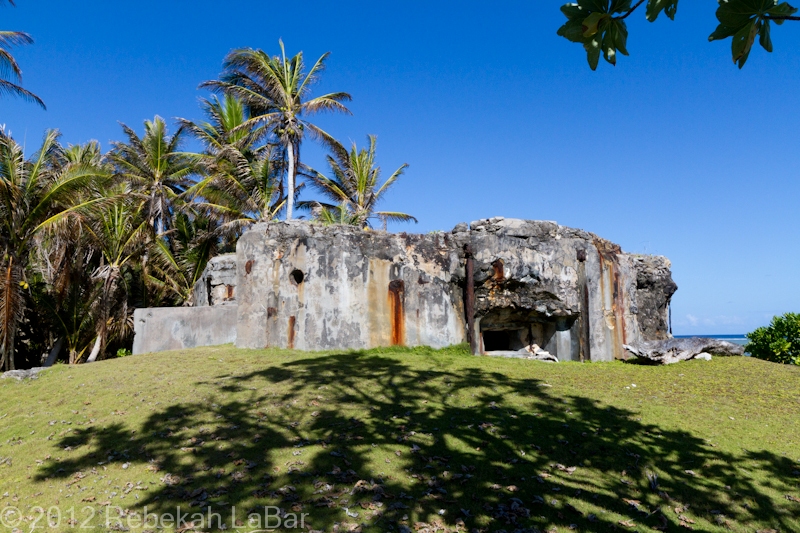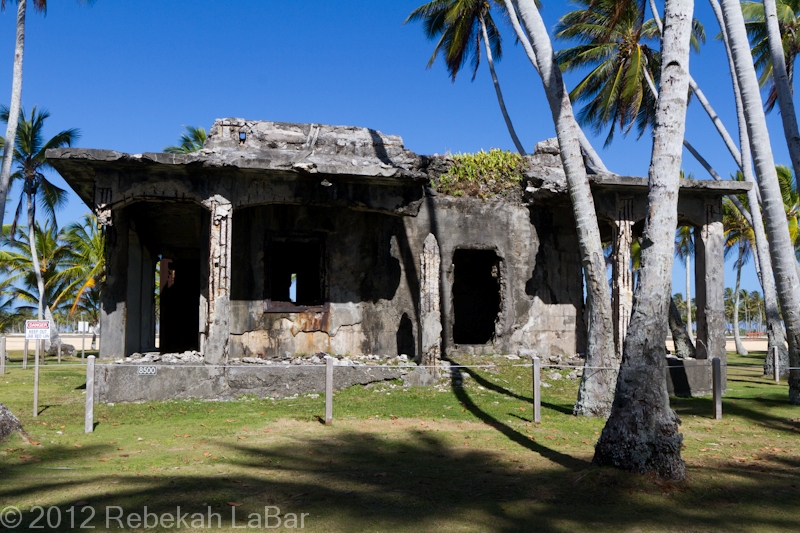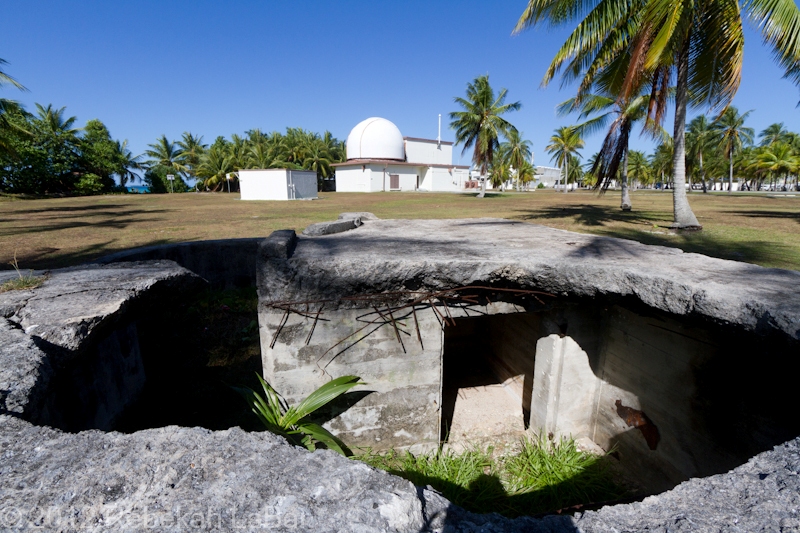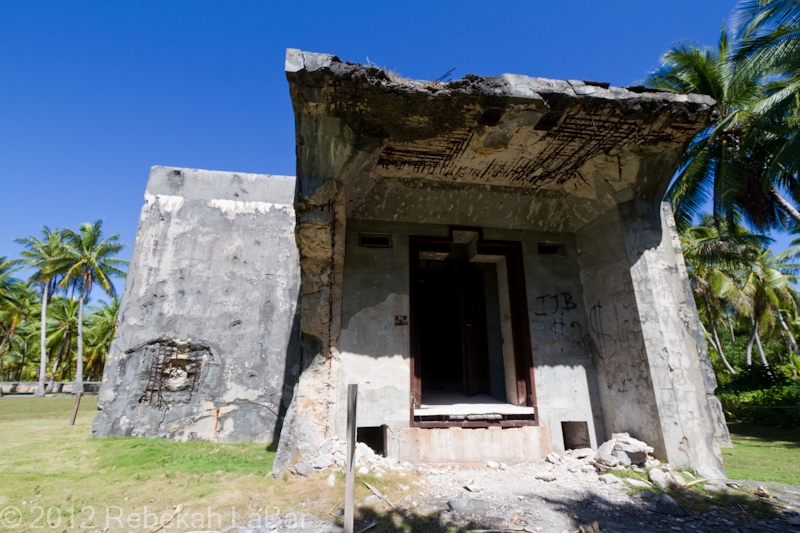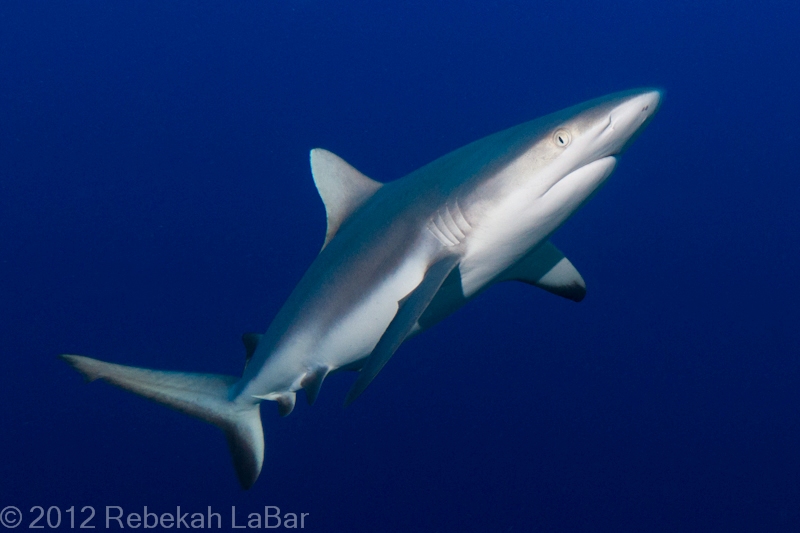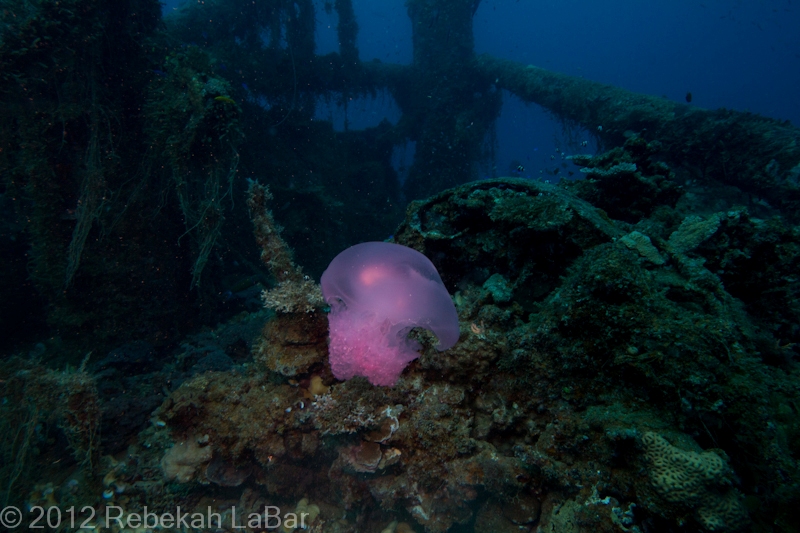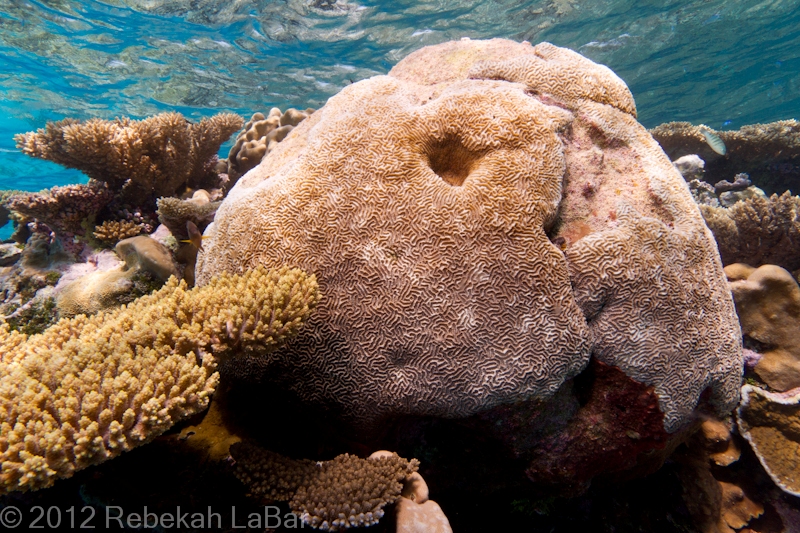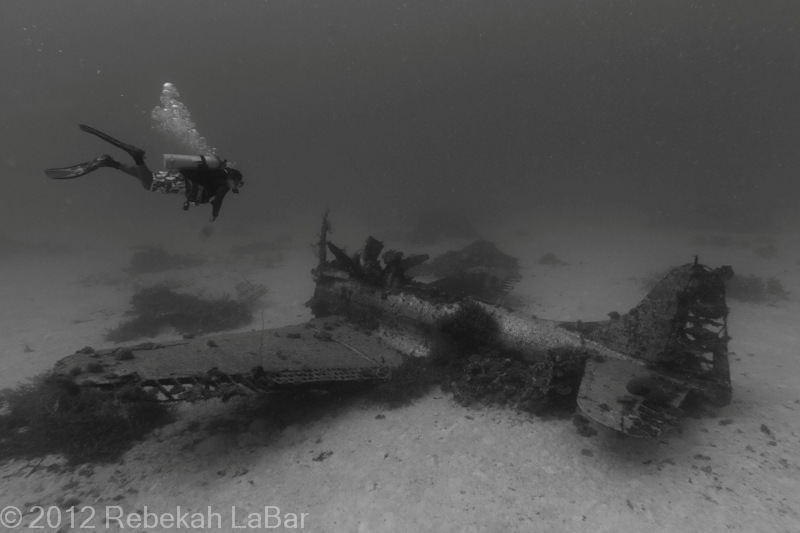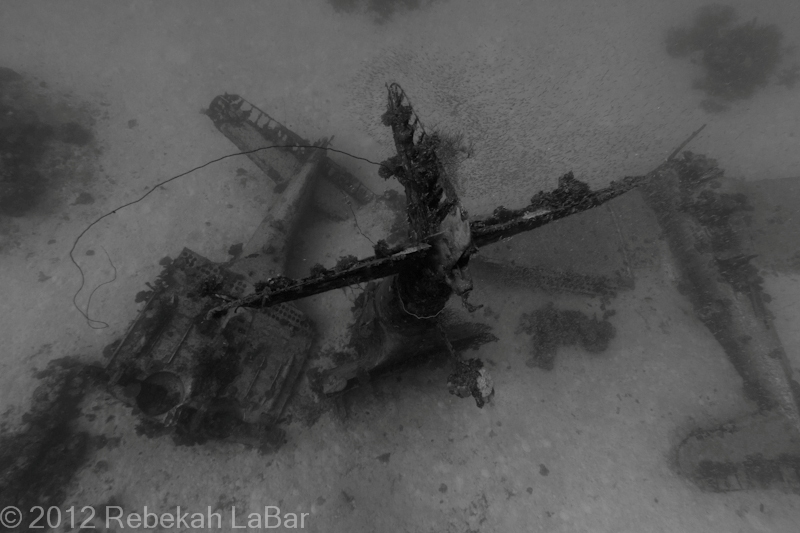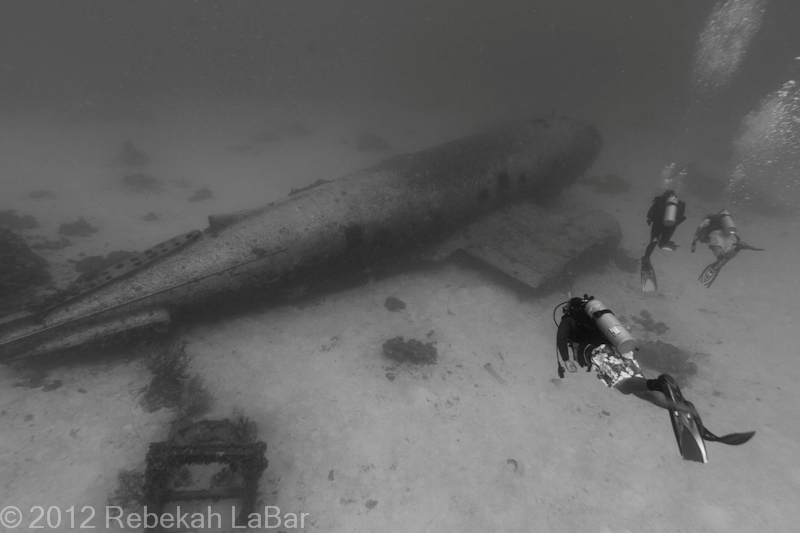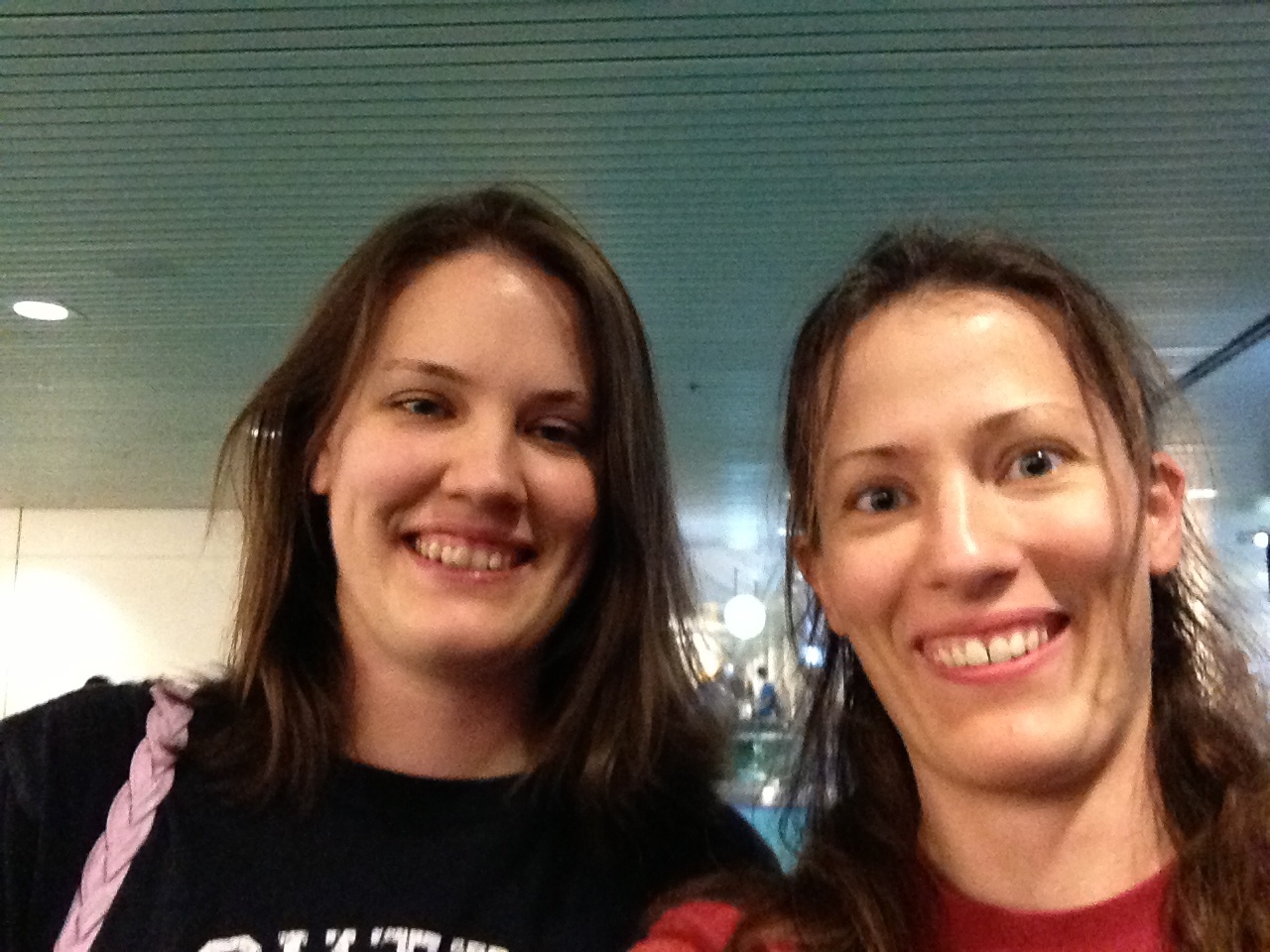
Over 5,000 miles later…I made it!!
Emotions overwhelmed me again as I walked outside to the airplane steps at the Kwajalein airport a couple of days ago. Leaving behind people and places that had meant so much to me (even to the United plane sitting beside my ATI plane, I waved at both sides to a good friend who had just arrived back from vacation), I tried to both soak in the last moments and shut out the feelings of sadness.
Just as I got to the steps it started to sprinkle, and I said aloud, “a fitting farewell for Kwaj” (to which one of the airport workers said “yep!”). The sun then came back out though, for a fine last view of the island. As we taxied down the runway, I saw one of the weather station techs outside getting the 00Z balloon ready to launch, and he waved at my plane, not even knowing if I could see him. I managed to get a window seat on the DC8, so I did see him though, and that made me both happy and sad again.
When the plane turned around and kicked it into high gear, I couldn’t help the tears streaming down. I cried until I could no longer see the island (which was a bit longer than you might think, as I craned my neck back for so long it hurt), and then settled back with a sigh to watch the rest of the islands of Kwajalein Atoll disappear into the blue of the sea and the sky.
The flight to Hickam (air force base at Pearl Harbor in Honolulu) was uneventful and seemed to go by fairly quickly. At the baggage claim I said a quick goodbye to a couple of Kwaj friends and shared a taxi to the Ala Moana Hotel.

This time even with three large bags (quite hard for me to deal with, but doable) and a backpack, I somehow managed to make it up the elevator and to my room on the first try (might have something to do with someone else inserting their key card and then me pushing my button after his).
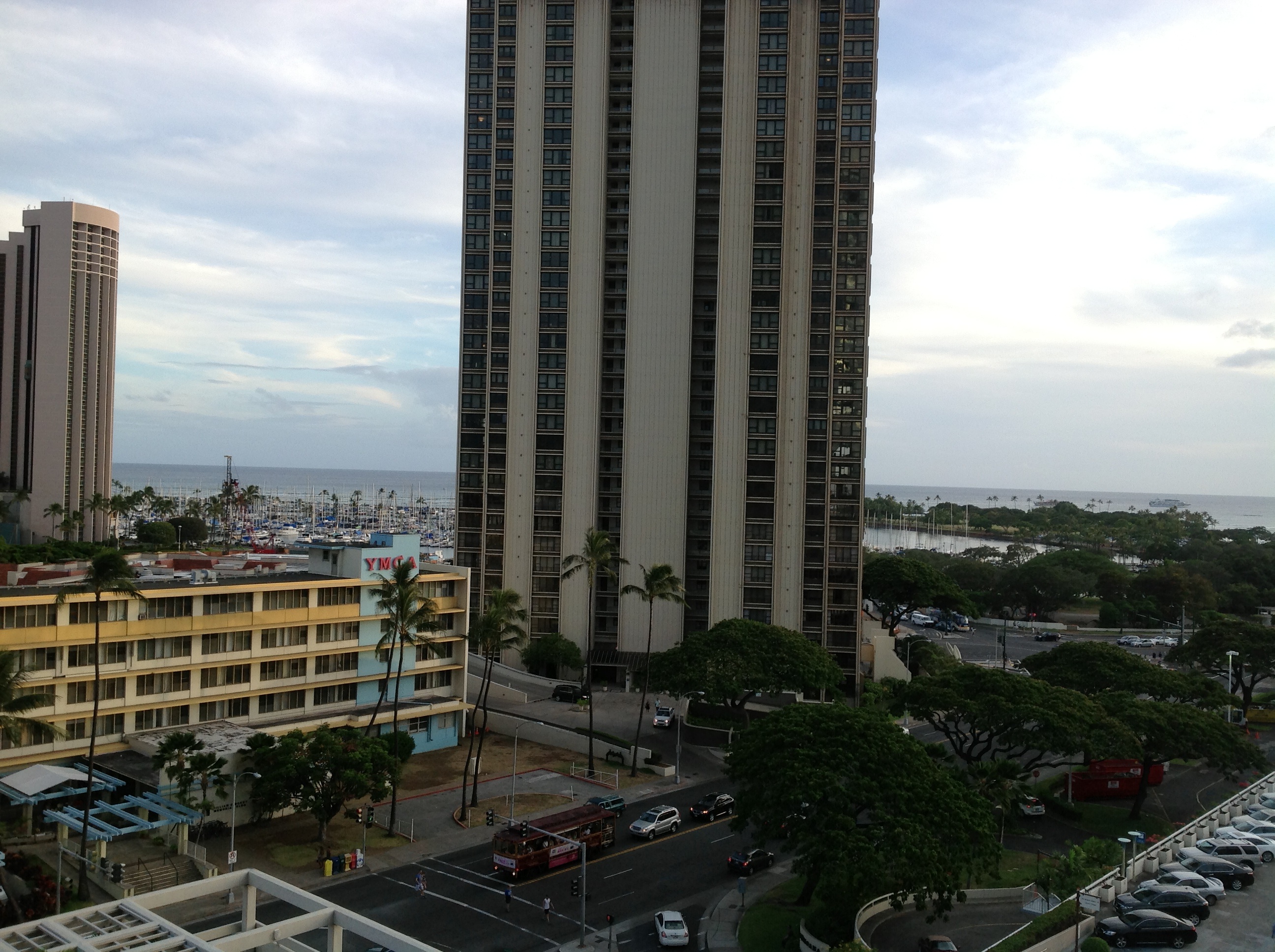
After settling in a bit, I walked over to the mall across the street for dinner. Every time I leave Kwaj I feel a bit overwhelmed at first by the traffic and “civilization”. One of the first sights to greet my eye was a trolley full of Asians with the driver leading in a hearty rendition of “YMCA” (maybe having something to do with the tour group just having passed the Y. They all looked so happy I couldn’t help smiling and waving back.
I got a good night of sleep and was up at a decent hour for breakfast before taking a shuttle to the airport.
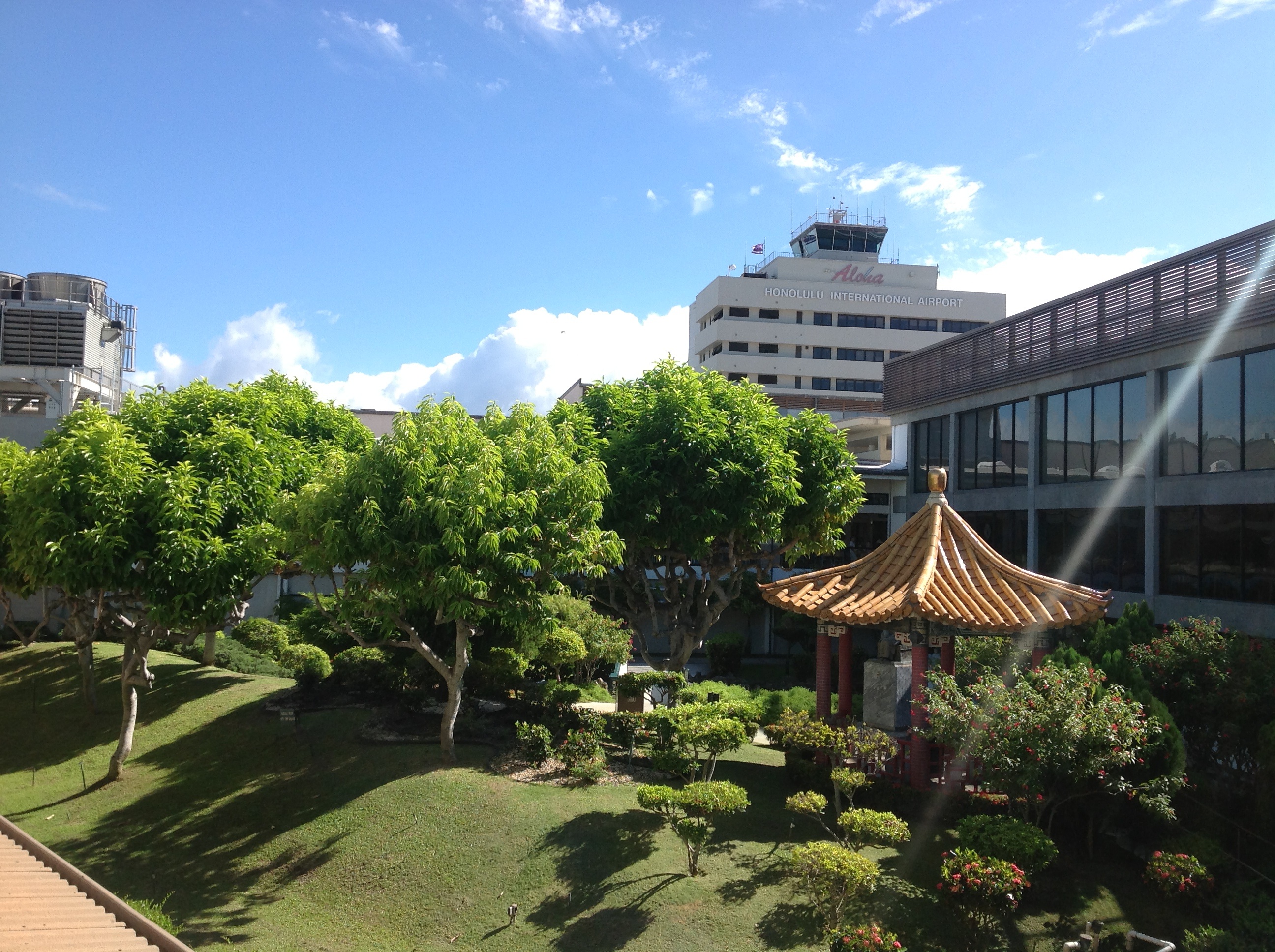
I had a direct flight to Portland that was only a few minutes longer than my flight the previous day to Hickam, but somehow it felt an hour or so longer (perhaps having something to do with it being a crowded commercial flight instead of 15 people on a private carrier being treated nearly like first class).
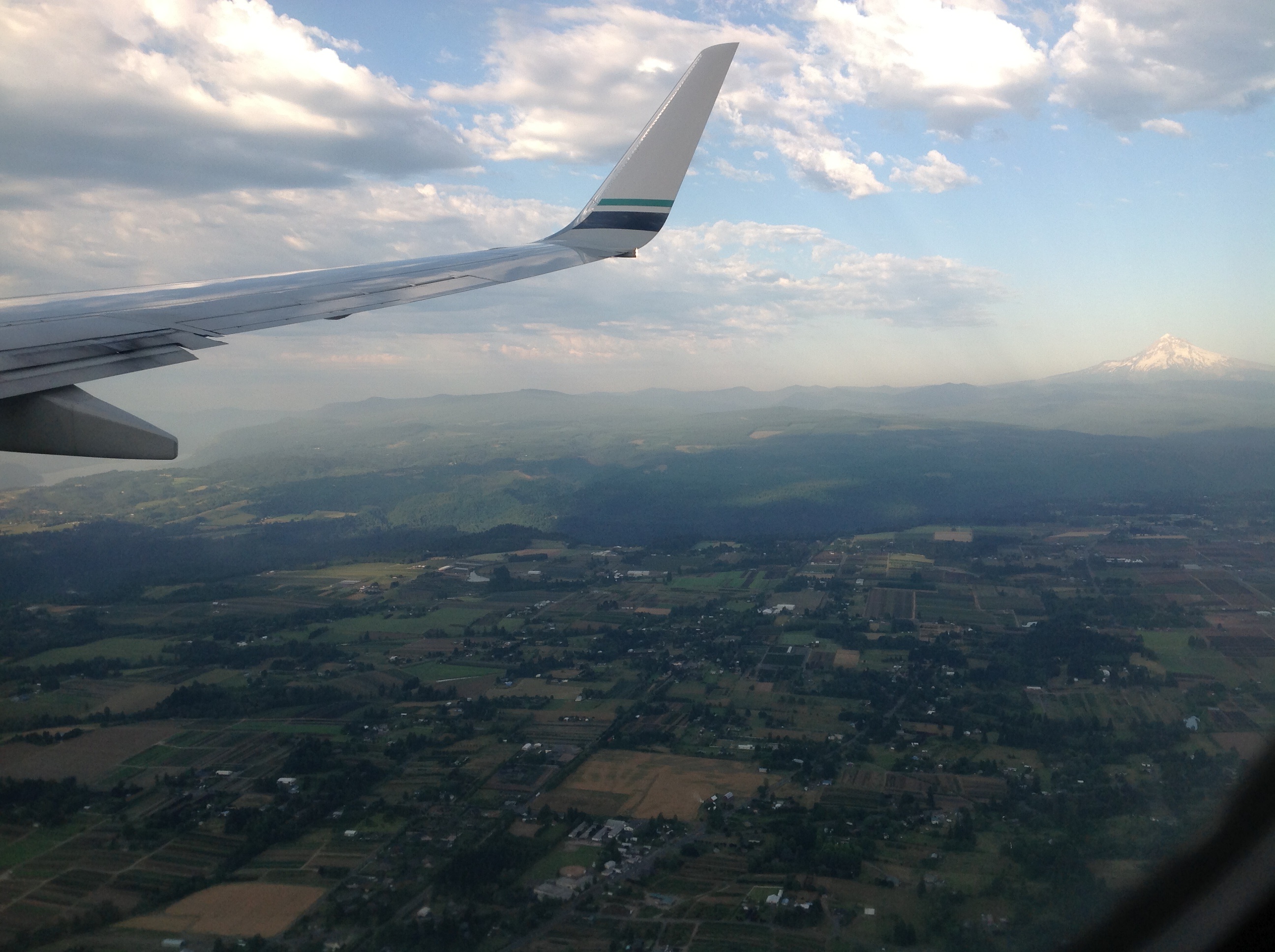
My first glimpse of land was dramatic; coming out of the clouds, I saw forests of dark green Oregon conifers, and I thought I’d rarely seen a more beautiful sight. Barring the dying Black Hills of South Dakota (forests turned to brown and orange thanks to the pine beetles) that I saw a couple months ago while storm chasing, I hadn’t seen evergreen forests in two years.
I saw pasturelands next, against the beautiful backdrop of the Cascade Mountains, with Jefferson and Hood being most prominent.
Next came cities and the Willamette River, running down to the Mighty Columbia, with my home state of Washington on the other side. I also then saw Mount Adams and St Helens.
At this point the journey ended almost as emotional as it had begun. After two years, my reunion with the Pacific Northwest was a wonderful one, and I laughed and shed a few more tears of joy and yet still sadness for the life I had left behind on a tiny rock in the middle of the Pacific.
My sister and I were then happily reunited at the Portland airport, and after we got my bags and went to dinner, we made it safely back to her home in Kelso (southwest Washington).
May the next 2.5 weeks of visiting family and friends, sightseeing, and shopping and preparing for my New Zealand adventure go slowly and fantastically!

